Tesla halted car purchases with bitcoin in mid-May due to concerns over how mining contributes to climate change.
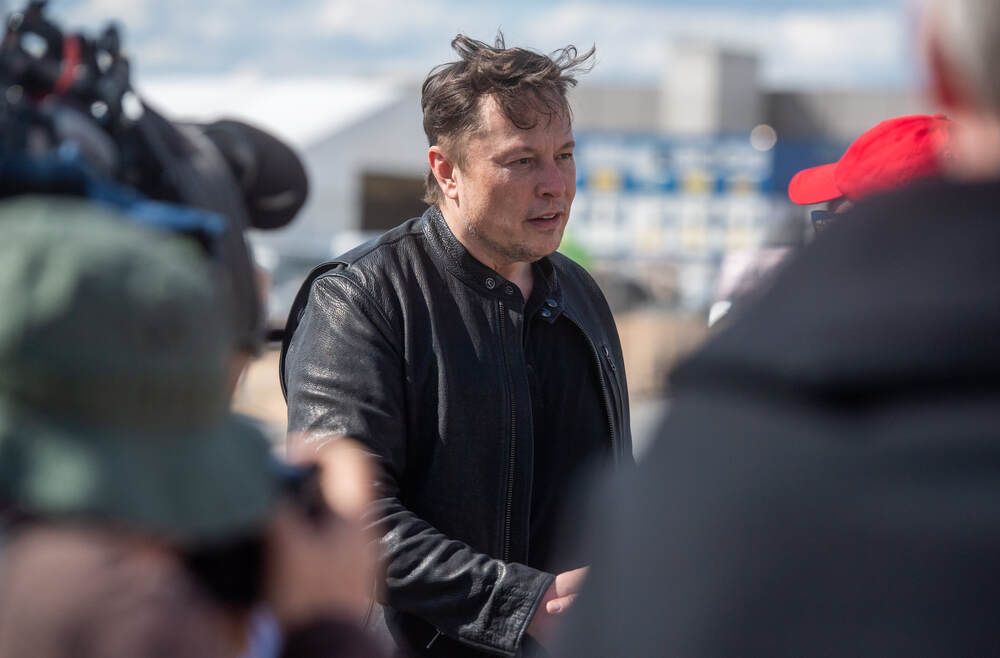

Space mining. 😃
Is Space Mining Our Future Gold Mine? Get Surfshark VPN at https://surfshark.deals/undecided and enter promo code UNDECIDED for 83% off and 3 extra months for free! Rare-earth metals and other minerals are essential for green tech like EVs and renewable energy. Trouble is, we need a lot of them and their availability on Earth is limited. But what if we could tap into all the materials flying around in space? Some scientists claim we could mine asteroids in the future. Yes, asteroids. Is it just an Armageddon remake or will we eventually…dig into them…?
Watch “The Future of Solid State Wind Energy — No More Blades”: https://youtu.be/nNp21zTeCDc?list=PLnTSM-ORSgi4dFnLD9622FK77atWtQVv7
Video script and citations:
https://undecidedmf.com/episodes/is-space-mining-our-future-gold-mine.
Follow-up podcast:
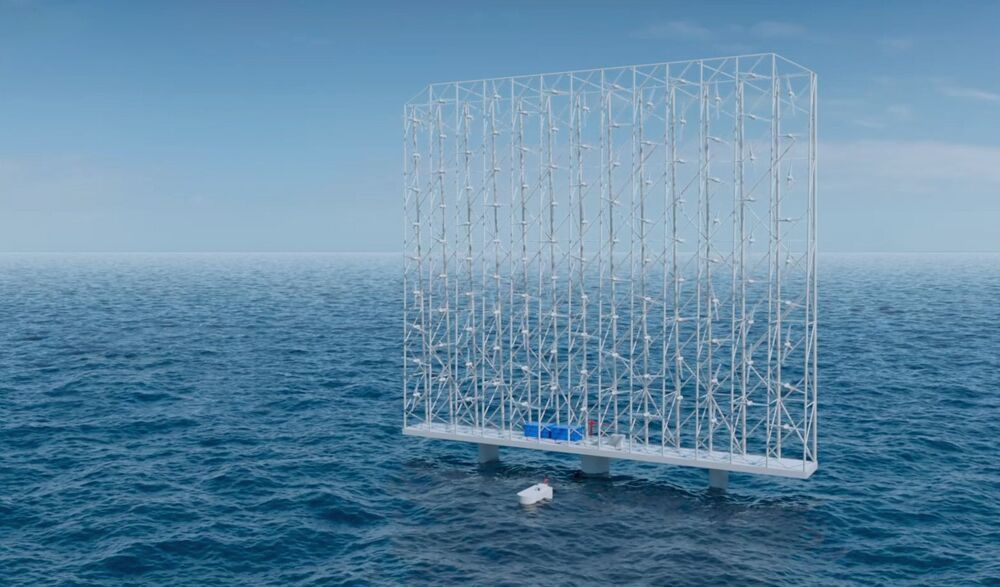
Norway’s Wind Catching Systems (WCS) has made a spectacular debut with a colossal floating wind turbine array it says can generate five times the annual energy of the world’s biggest single turbines – while reducing costs enough to be immediately competitive with grid prices.
Standing more than 1000 ft (324 m) high, these mammoth Windcatcher grids would deploy multiple smaller turbines (no less than 117 in the render images) in a staggered formation atop a floating platform moored to the ocean floor using established practices from the oil and gas industry.
Just one of these arrays, says WCS, could offer double the swept area of the world’s biggest conventional wind turbines – the 15 MW Vestas V236 – and its smaller rotors could perform much better in wind speeds over 40 to 43 km/h (25 to 27 mph), when larger turbines tend to start pitching their blades to limit production and protect themselves from damage. The overall effect, says WCS, is a 500 percent boost in annual energy output, with each array making enough power to run 80000 European homes.
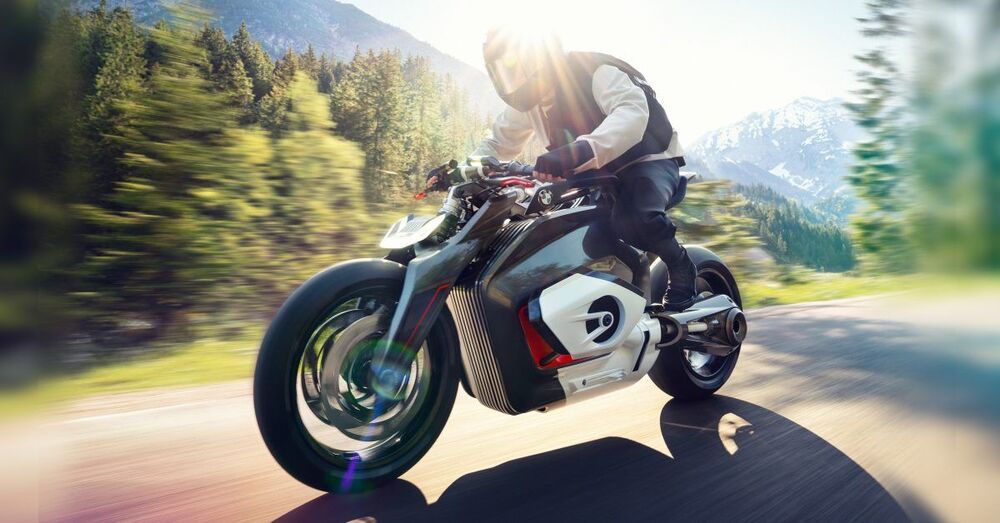
BMW Motorrad may not have arrived very early to the electric motorcycle party, but the company is making up for it now with what could become an industry first electric motorcycle with a driveshaft.
BMW loves its driveshaft motorcycles, but the electric motorcycle industry hasn’t been as keen on them.
Electric motors and batteries have freed motorcycle manufacturers from the typical design constraints of gas-powered drivetrains. Unshackled from traditional gas tanks and bulky internal combustion engines, designers have been granted unprecedented levels of freedom thanks to the modularity of electric motorcycle components.
This is an automatic hydroponics system that also has scaleable farms that use 95 percent less water.
Grow fresh herbs, vegetables, and more in 3 easy steps all year round with AeroGarden indoor garden systems. No soil, no sun, & no green thumb required!
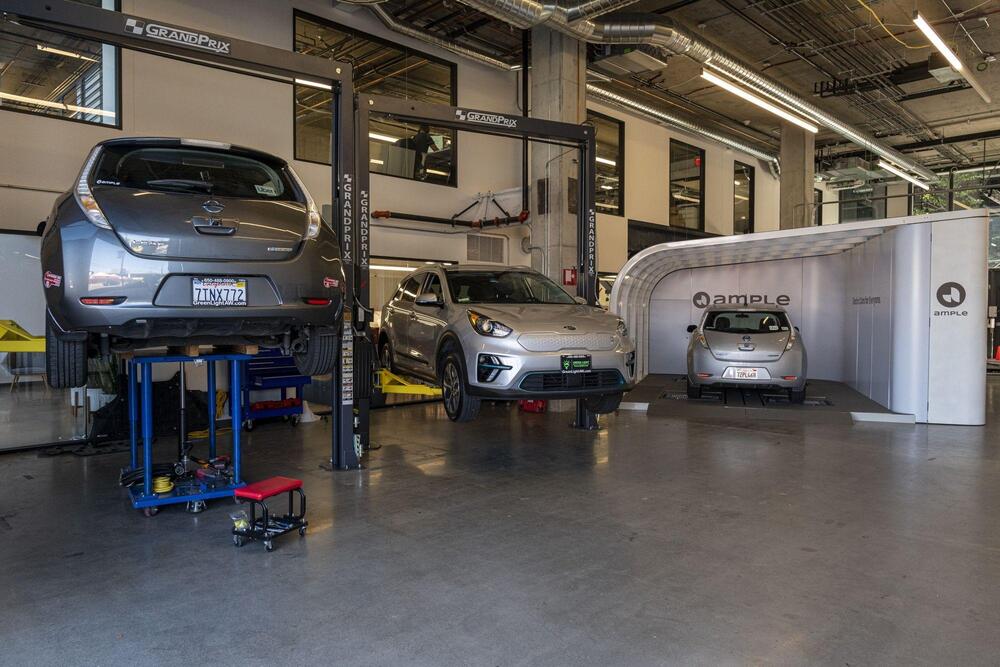
(Bloomberg) — On a Wednesday afternoon in May, an Uber driver in San Francisco was about to run out of charge on his Nissan Leaf. Normally this would mean finding a place to plug in and wait for a half hour, at least. But this Leaf was different.
Instead of plugging in, the driver pulled into a swapping station near Mission Bay, where a set of robot arms lifted the car off of the ground, unloaded the depleted batteries and replaced them with a fully charged set. Twelve minutes later the Leaf pulled away with 32 kilowatt hours of energy, enough to drive about 130 miles, for a cost of $13.
A swap like this is a rare event in the U.S. The Leaf’s replaceable battery is made by Ample, one of the only companies offering a service that’s more popular in markets in Asia. In March, Ample announced that it had deployed five stations around the Bay Area. Nearly 100 Uber drivers are using them, the company says, making an average of 1.3 swaps per day. Ample’s operation is tiny compared to the 100000 public EV chargers in the U.S.—not to mention the 150000 gas stations running more than a million nozzles. Yet Ample’s founders Khaled Hassounah and John de Souza are convinced that it’s only a matter of time before the U.S. discovers that swapping is a necessary part of the transition to electric vehicles.
Using the full system, farmers could reduce costs by 40% and chemical usage by up to 95%.
Small Robot Company (SRC), a British agritech startup for sustainable farming, has developed AI-enabled robots – named Tom, Dick and Harry – that identify and kill individual weeds with electricity. These agricultural robots could reduce the use of harmful chemicals and heavy machinery, paving the way for a new approach to sustainable crop farming.
The startup has been working on automated weed killers since 2017, and this April officially launched Tom, the first commercial robot currently operating on three UK farms. Dick is still in the prototype phase, and Harry is still in development.
Small Robot company says the robot Tom is capable of scanning around 20 Hectares per day, collecting about six terabytes of data in an 8-hour shift to identify the crops, spots undesirable weeds – using “Wilma,” an artificial intelligence operating system. This data can then be sent to Dick – the world’s first non-chemical robotic weeding system that zaps individual weeds with electrical ‘lightning strikes.’ And finally, Harry plants seeds in the weed-free soil.

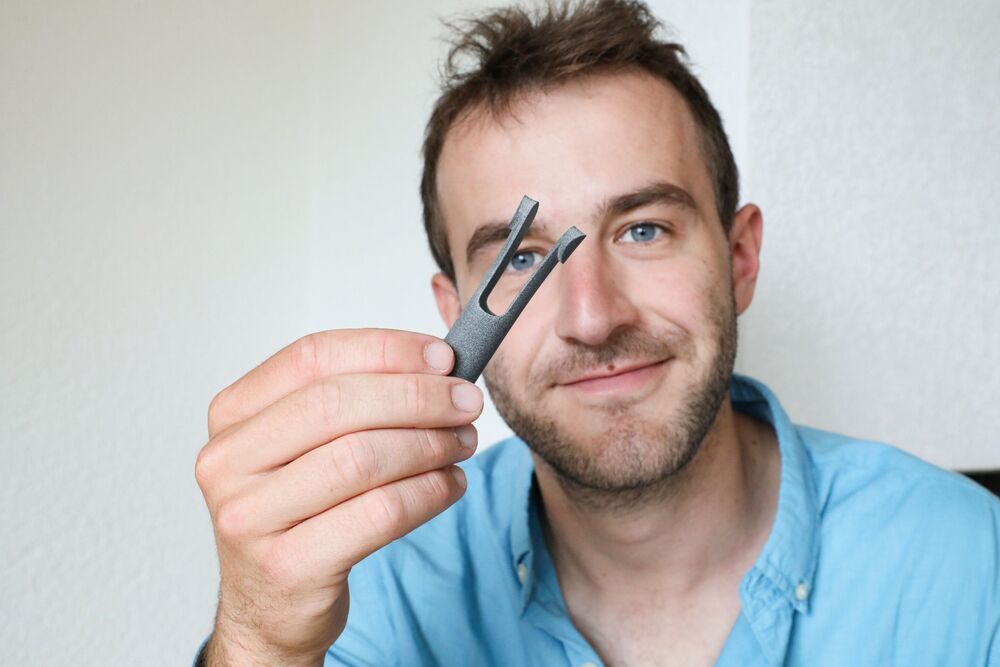
As part of his Master’s degree in civil engineering, an EPFL (Ecole Polytechnique Federale de Lausanne) student developed a connector for use in building sustainable structures. His initial project has expanded into an online program for designing bamboo furniture that’s stylish, modular and customizable. And now his connector is being looked at for use by astronauts in outer space.
During his time at EPFL under the Erasmus program, Romain van Wassenhove came up with an idea for a connector that could be used to make modular structures out of sustainable bamboo rather than wood, plastic or metal. “I wanted to focus my Master’s on a topic that had meaning to me and that would lead to a concrete application,” he says. “Working with bamboo was something I already had in mind while I was studying in Brussels.” His connectors can be 3D-printed in biosourced plastic and are customizable to the type of material used for the structure.
Van Wassenhove got the idea for his connector during a class at EPFL on composite materials and developed the concept further through his Master’s project, co-directed at EPFL by Senior Scientist Anastasios Vassilopoulos and by associate professor Lars De Laet at Vrije Universiteit Brussel (VUB). In September 2020, soon after graduating, he obtained research funds—through an EPFL Ignition Grant—to enhance the design and operation of his connector and test it on an initial application involving bamboo structures. Today van Wassenhove’s invention is EU patent-protected, and his research has just been published in Composite Structures.
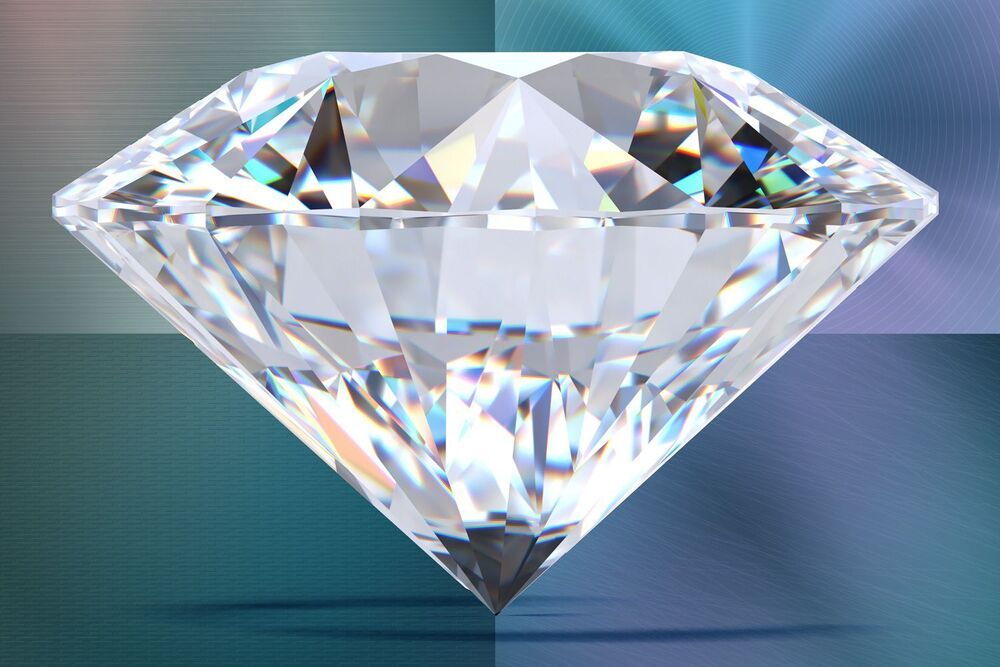
Circa 2020 o,.o.
Long known as the hardest of all natural materials, diamonds are also exceptional thermal conductors and electrical insulators. Now, researchers have discovered a way to tweak tiny needles of diamond in a controlled way to transform their electronic properties, dialing them from insulating, through semiconducting, all the way to highly conductive, or metallic. This can be induced dynamically and reversed at will, with no degradation of the diamond material.
The research, though still at an early proof-of-concept stage, may open up a wide array of potential applications, including new kinds of broadband solar cells, highly efficient LEDs and power electronics, and new optical devices or quantum sensors, the researchers say.
Their findings, which are based on simulations, calculations, and previous experimental results, are reported this week in the Proceedings of the National Academy of Sciences. The paper is by MIT Professor Ju Li and graduate student Zhe Shi; Principal Research Scientist Ming Dao; Professor Subra Suresh, who is president of Nanyang Technological University in Singapore as well as former dean of engineering and Vannevar Bush Professor Emeritus at MIT; and Evgenii Tsymbalov and Alexander Shapeev at the Skolkovo Institute of Science and Technology in Moscow.